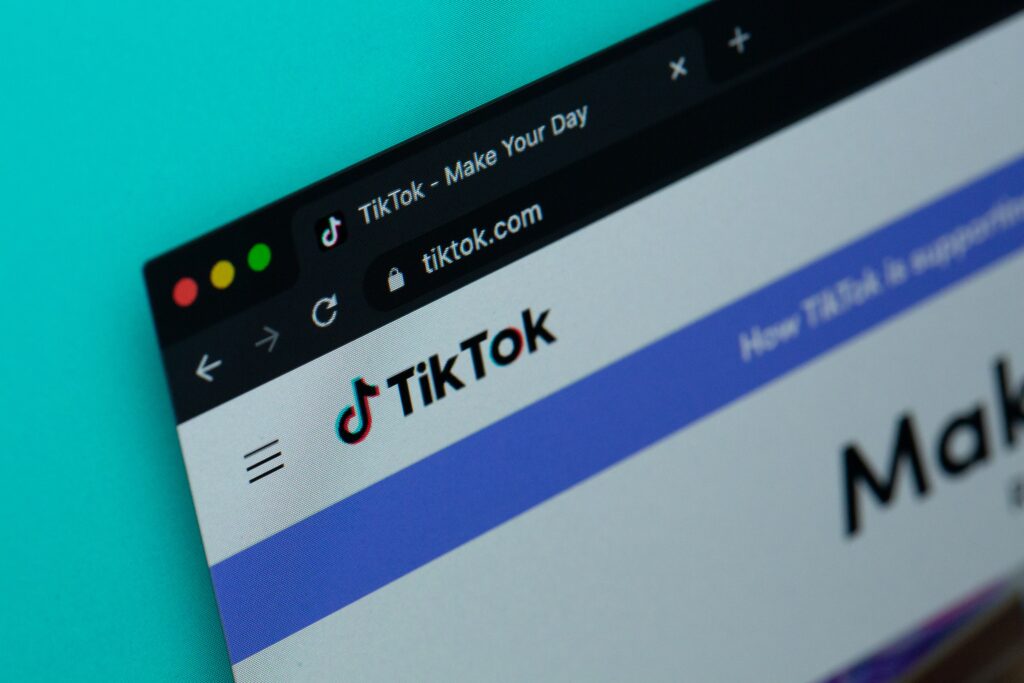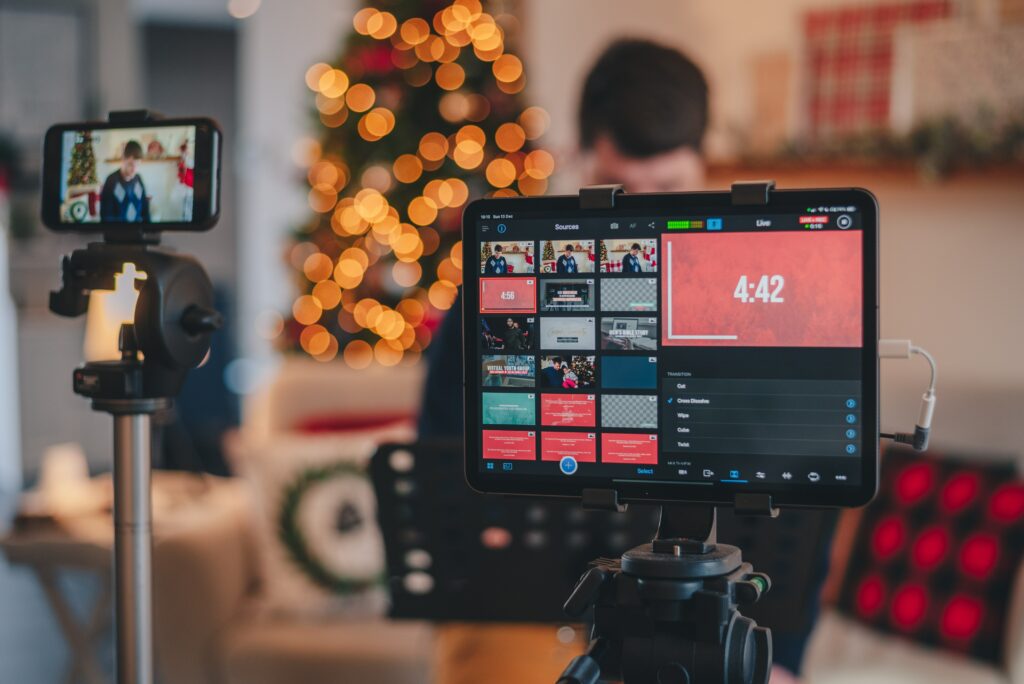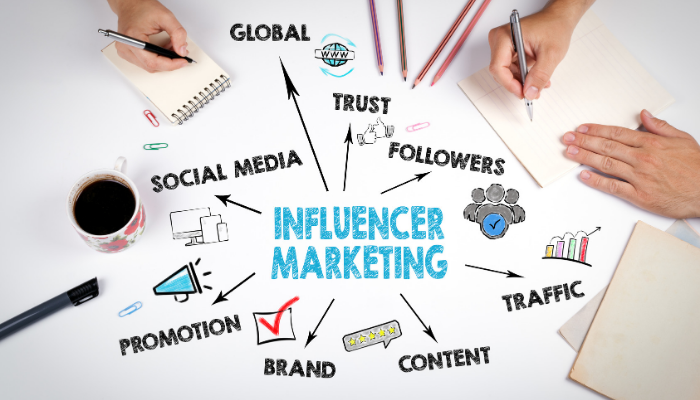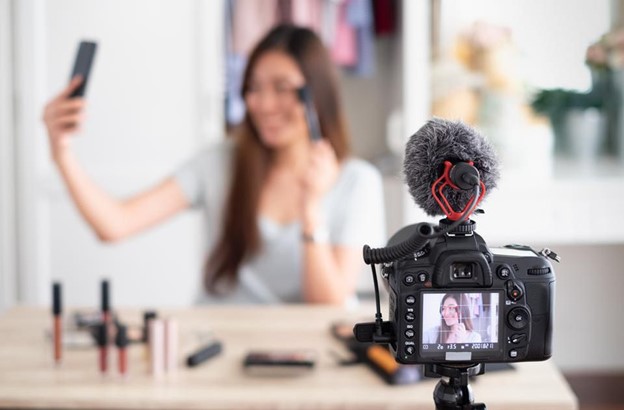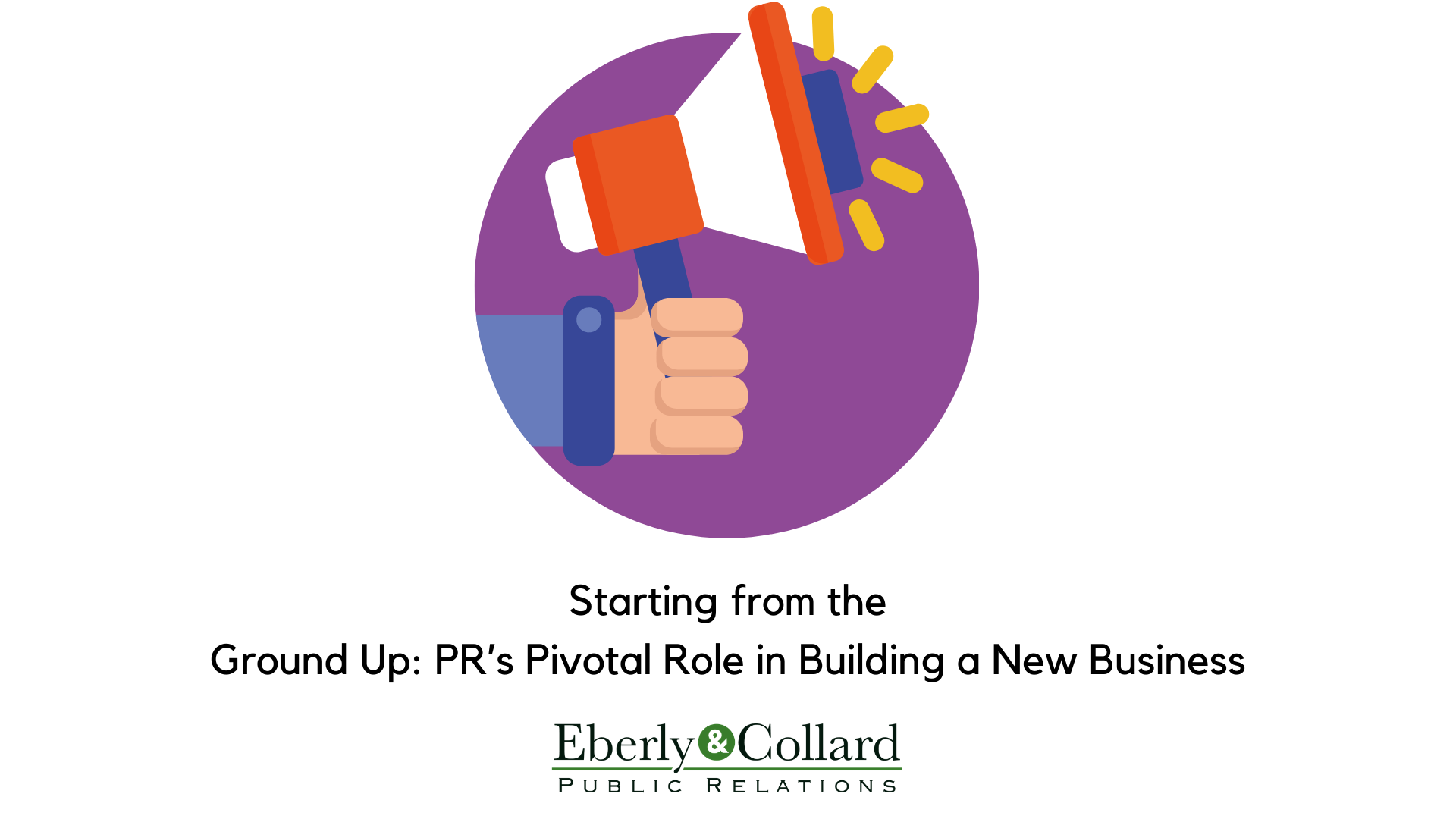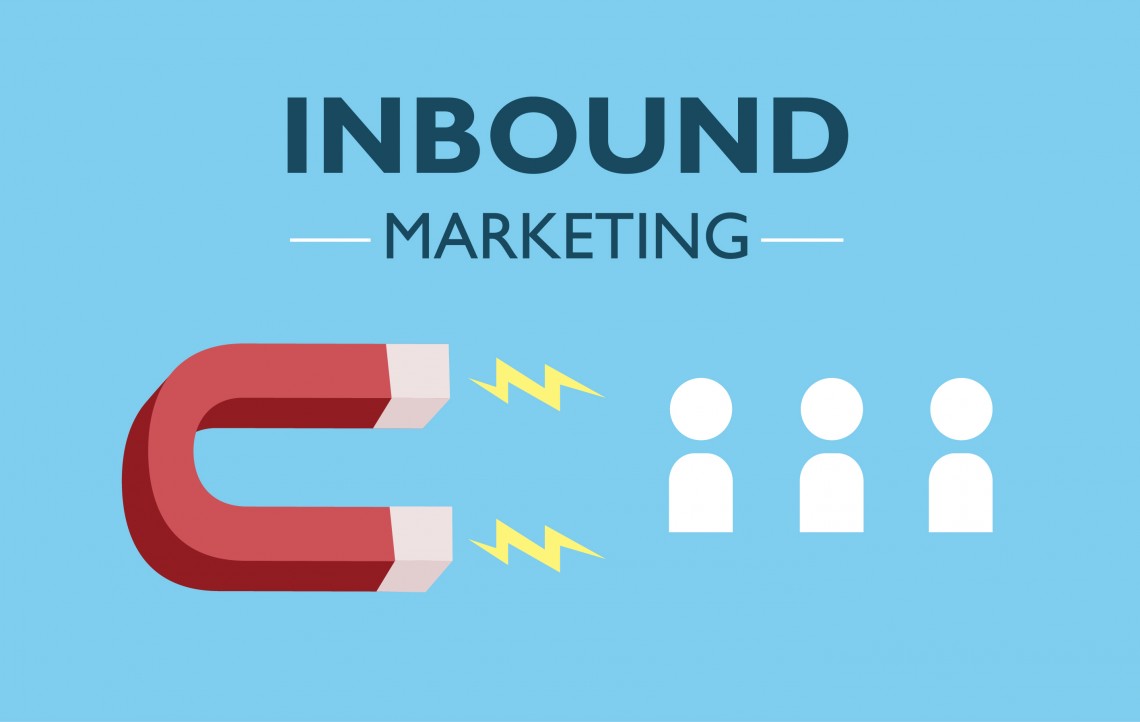Digital PR is reshaping the way businesses engage with their audiences online by blending traditional public relations and digital marketing strategies. This integrated approach boosts brand visibility across key digital platforms while creating meaningful connections through content marketing, press release distribution, search engine optimization (SEO) and other beneficial digital PR strategies.
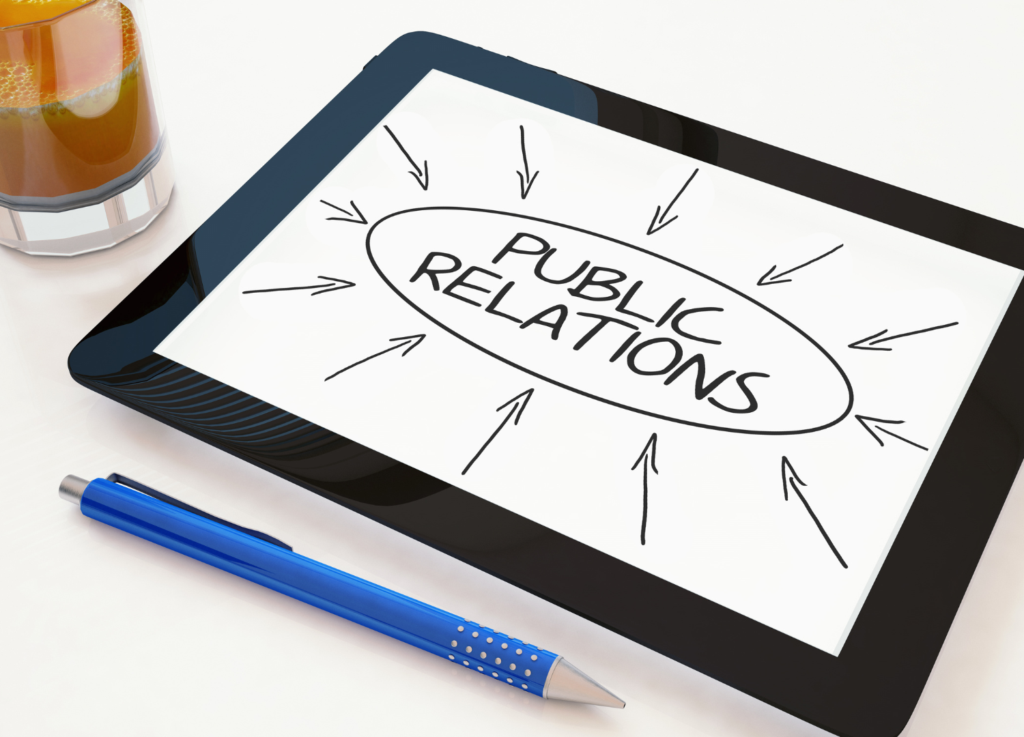
What is Digital Public Relations?
Digital PR helps businesses expand their reach and magnify brand exposure. Unlike traditional PR, which primarily relies on print media, select online news outlets and broadcasts, digital PR maximizes online platforms, such as online media, blogs, podcasts and social media, to connect with wider audiences more efficiently. By combining targeted outreach, content marketing and media relations, businesses can increase visibility, strengthen their reputation and generate data-backed success.
The Importance of Digital PR for Business Growth
At its core, digital PR is about strengthening a brand’s digital presence through strategic content that informs and engages its target audience. Whether through blog posts, media coverage or social media posts, the goal is to amplify conversations and increase awareness.
One of the defining strengths of Digital PR is its data-driven approach. By utilizing analytics to assess online interactions and audience sentiment, businesses can refine their strategies to align with consumer preferences, maximizing impact and relevance. This measurable approach improves the effectiveness of Digital PR initiatives and delivers actionable metrics that support long-term brand growth and market positioning.

Building a Strong Online Reputation
In today’s digital landscape, a strong online reputation and appearance are essential for business prosperity. Digital PR serves as a tactical tool for growing and maintaining this reputation, guaranteeing that your brand is positioned positively in your business sector. Businesses can strengthen credibility and brand trust by actively staying in the media and engaging with audiences.
Implementing strategies, such as social media monitoring and online reputation management, allows businesses to take control of their narratives. A well-established online reputation strengthens brand perception, creates engagement and contributes to long-term business growth.
By engaging with reputable online publications and influencers, businesses can expand their awareness within their industry sectors. Increased exposure leads to higher website traffic, ultimately driving more lead conversations and sales. Simply put, the more visible a brand is online, the greater the opportunity to attract new customers and retain existing ones.
Search Engine Optimization
Another core element of Digital PR is SEO, which plays a critical role in improving a brand’s online exposure. By optimizing content for search engines, businesses can improve their organic rankings, drive increased website traffic and expand their reach and impressions. This synergy between Digital PR and SEO is especially valuable for any business looking to compete in a crowded online realm. An effective SEO strategy ensures that content reaches the right audience and ranks well in search results, positioning the brand for long-term gain.
Beyond visibility, SEO enhances the quality of website traffic by attracting users actively searching for relevant products or services. By targeting industry-specific keywords and phrases while also focusing on the search intent of the specified keywords, businesses can connect with target audiences; doing so will increase the likelihood of conversions and building a more engaged and loyal customer base.
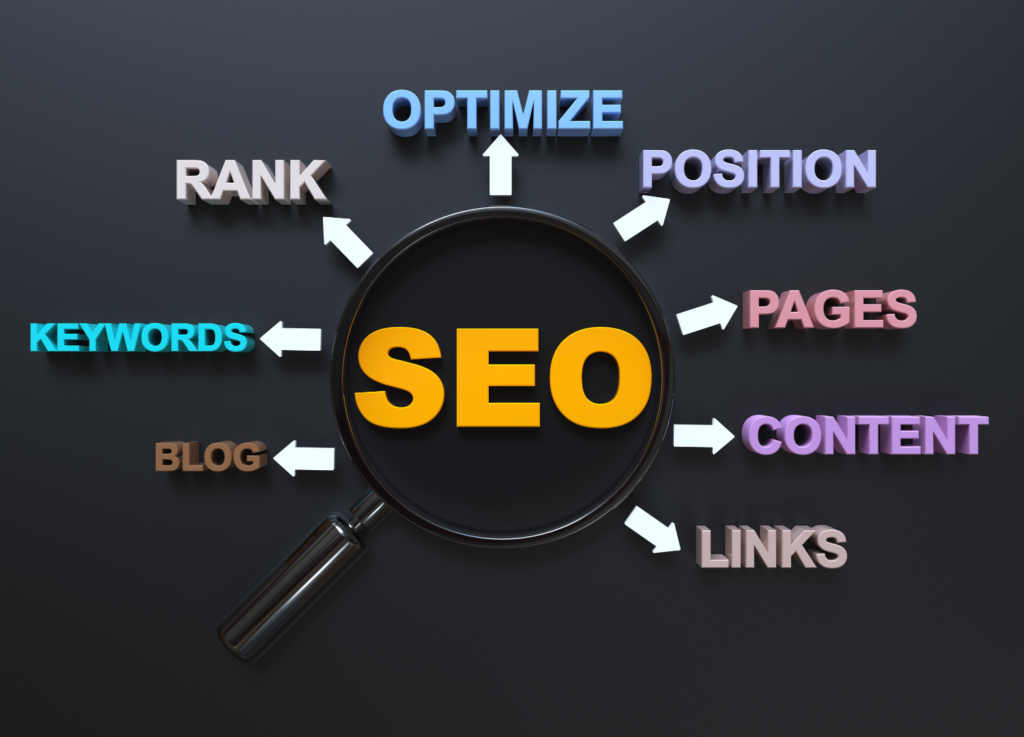
Enhancing Digital Storytelling and Content Marketing
Brand storytelling creates narratives that connect with your target audience, playing a significant role in content creation to expand your business’s reach. By focusing on creating valuable content, businesses position themselves as industry leaders. Whether through blog posts, press releases or social media posts, the goal is to increase awareness for your brand. Digital PR strategies promote this content by giving it an online viral element, maximizing publicity and engagement.
Creating multimedia content, such as Reels, videos and infographics, can further improve your storytelling efforts. According to Buffer, “Instagram Reels see 36% more reach than other post types. Instagram Carousels see 12% more engagement than other post types.”
Partnering with a digital PR agency that offers content marketing services can strengthen client relationships and improve brand awareness. These services may include managing your social channels, which can lead to increased engagement. Maintaining an active social media engagement with your audience is an important factor when trying to create deeper connections with your audience.
Digital PR Strategies for Success
There are numerous digital PR strategies, each offering valuable benefits depending on your business objectives. A well-executed digital PR strategy can increase earned media coverage, improve customer loyalty and evoke new business opportunities, such as advancing brand credibility through positive online reviews and media mentions or strengthening relationships with key influencers in your industry.
Building Relationships with Media Outlets
A common misconception about digital PR is that media coverage happens instantly after deploying a press release. In reality, securing published content requires strong relationships with journalists and editors, well-crafted press materials and strategic negotiations with publications. Having these relationships with different publications in your industry helps increase awareness and position your company as an influential voice in your industry.
Partnering with an experienced PR firm that understands the nuances of media outreach and press release distribution is essential. At Eberly & Collard Public Relations, we have cultivated and sustained strong relationships with editors across a wide range of industry publications in architecture, design, construction, engineering, horticulture, hospitality, travel and more. These connections have been instrumental in securing prominent earned media coverage for our clients.
Influencer Outreach and Collaborations
Influencer marketing is one of the many powerful digital PR tools that can further amplify your brand’s influence. By collaborating with influencers whose audience aligns with your target market, your company can expand its brand awareness and tap into new markets. An authentic endorsement from an influencer can also increase your brand’s credibility.
When selecting an influencer, it is necessary to align your brand values with those of the influencer. It also depends on their relevance to your industry as well as their audience demographics and engagement rate. Influencer collaborations can be complex, which is why hiring a digital PR agency that specializes in influencer marketing is important for securing the right influencers for your brand and third-party endorsement objectives.
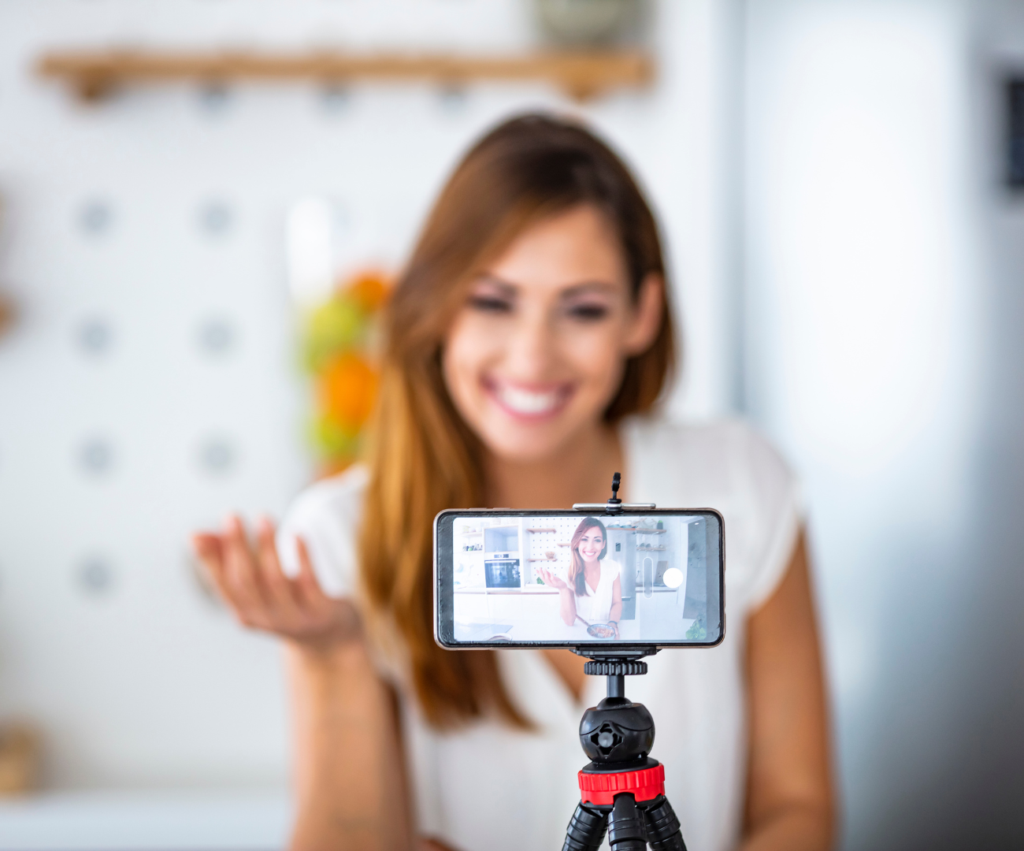
Positioning Your Brand as a Thought Leader in Your Industry
Thought leadership is about sharing expert insights, innovative ideas and forward-thinking perspectives to establish your brand as a trusted authority in your industry. By addressing challenges, emerging trends and future developments, your company can become a go-to resource of valuable industry knowledge. Digital PR helps businesses establish and augment their thought leadership presence across multiple platforms, assuring their message reaches a broad and engaged audience.
In the ever-evolving digital marketplace, sustained credibility is crucial. Digital PR amplifies thought leadership and strengthens industry recognition through consistent publicity in reputable media channels. By securing placements in industry publications, podcasts and expert panels, businesses reinforce their authority in the field, creating trust and long-term influence.
Measuring the Impact of Digital PR
Measuring the effectiveness of your Digital PR campaigns is essential for maximizing brand awareness, clicks and customer engagement. Working with a digital PR agency safeguards that your business has the expertise to track and analyze the right key performance indicators (KPIs) to provide valuable analytics into the effectiveness of your campaigns. These KPIs help identify areas of strength as well as opportunities for improvement, affirming that your campaigns are consistently aligned with your business goals.
A digital PR agency will select and monitor KPIs that best measure the success of each campaign type, making it easier for you to judge the impact of your efforts. By continuously evaluating these metrics, with agency-managed platforms like SEMRush, Hootsuite and Google Analytics, businesses can make data-driven adjustments to their strategies, optimizing performance. With a PR agency’s expertise in tracking and refining campaigns, you can verify your digital PR efforts are contributing effectively to your broader business goals and objectives.
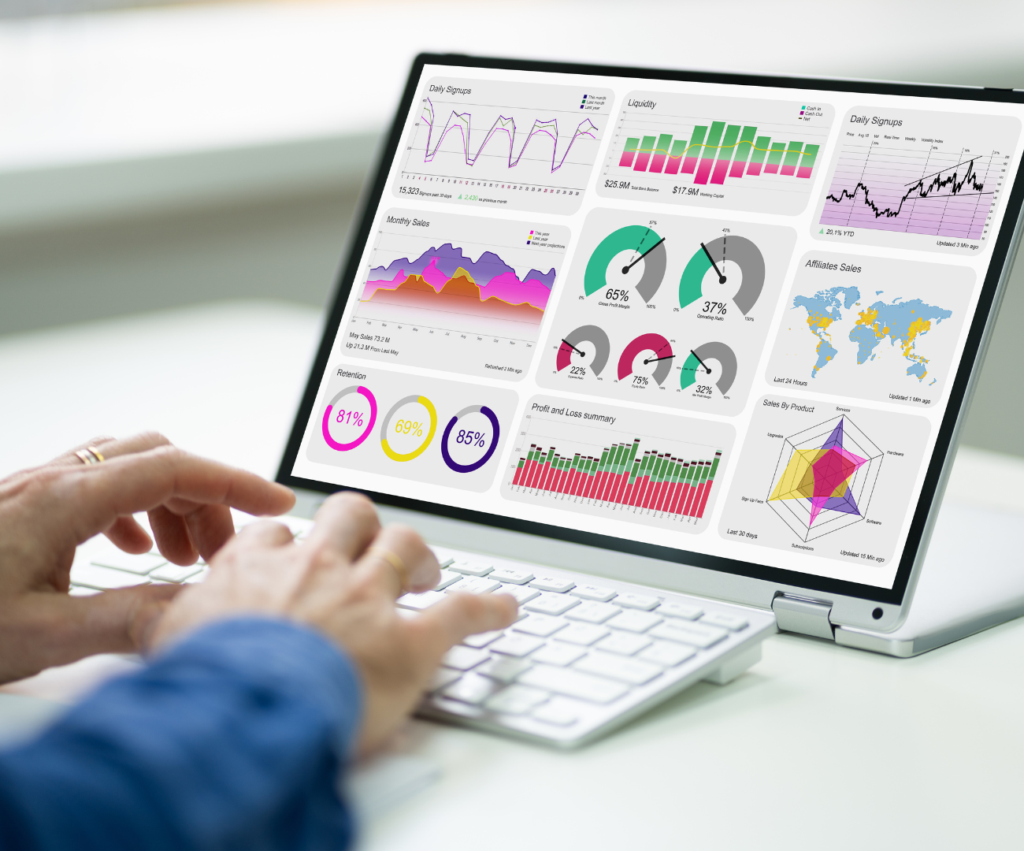
Tracking Online Brand Presence
Monitoring your brand’s reputation and footprint online can provide insight into how well your digital PR strategies are working. Gauging online brand recognition can be tracked with various tools and metrics. Consistently evaluating these elements can reveal how the brand is perceived.
Regularly assessing your online standing aids in identifying trends and potential reputation risks. It also helps businesses make informed decisions to strengthen their digital PR strategies, facilitating a resilient and positive brand image.

Partnering with a Digital PR Agency
Digital PR is a powerful tool that can heighten your brand’s online connections. When executed strategically, it enhances online awareness, improves website traffic and can generate more sales. However, achieving meaningful results requires more than just implementing tactics; it demands ongoing refinement, industry insight and maintaining a multi-faceted digital marketing strategy.
According to BuzzStream, “Nearly three-quarters (72%) believe digital PR is forecasted to be more challenging in 2025 than in 2024.” Partnering with an experienced PR firm with digital PR services can seamlessly integrate digital PR into your broader marketing strategy, ensuring a cohesive approach that is forecasted to maximize exposure and impact. With expert guidance, you can navigate the evolving digital landscape, secure high-value media placements and position your brand for lasting results.
Collaborating with a digital PR agency means access to a wider network of contacts, including influencers and media outlets. Agencies bring specialized skills in areas like content creation, media outreach and reputation management. They also continuously update their strategies based on current trends and technologies. Partnering with Eberly & Collard Public Relations ensures your business remains ahead of the curve and can quickly adapt to changes in your industry, market and the digital world.


















